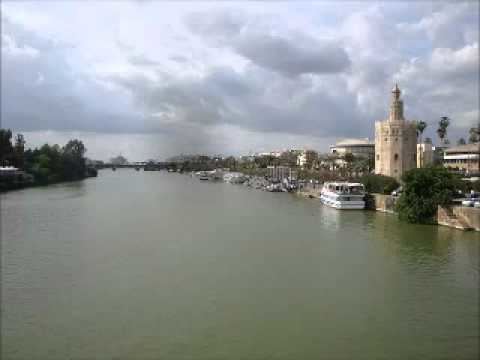 | ||
The siege of seville
The Siege of Seville (July 1247 – November 1248) was a 16-month successful investment during the Reconquista of Seville by forces of Ferdinand III of Castile. Although perhaps eclipsed in geopolitical importance by the rapid capture of Córdoba in 1236, which sent a shockwave through the Muslim world, the Siege of Seville was nonetheless the most complex military operation undertaken by Fernando III. It is also the last major operation of the Early Reconquista. The operation also saw the appearance of indigenous naval forces of Castile-León of military significance. In effect, Ramón de Bonifaz was the first admiral of Castile, although he never held an official title of that kind.
In 1246, after the conquest of Jaén, Seville and Granada were the only major cities in the Iberian Peninsula that had not acquiesced to Christian suzerainty. Of the two, Granada would remain semi-independent until 1492.
During the summer of 1247, Castilian isolated the city to the north and east. This paved the way for the siege, which started when Ramón de Bonifaz sailed with thirteen galleys, accompanied by some smaller ships up the Guadalquivir and scattered some forty smaller vessels trying to oppose him. On May 3, the Castilian fleet broke the pontoon bridge linking Seville and Triana.
St Albertus Magnus wrote that cannons were used in the siege, making it the earliest recorded use of gunpowder in the West.
Due to a famine, the city capitulated on November 23, 1248. The terms specified that the Castillian troops would be allowed to enter the alcázar no later than a month later. Ferdinand made his triumphant entry into the city on December 22, 1248. Muslim chronicles record that some 300,000 inhabitants left the city. This number is considered exaggerated by O'Callaghan.
